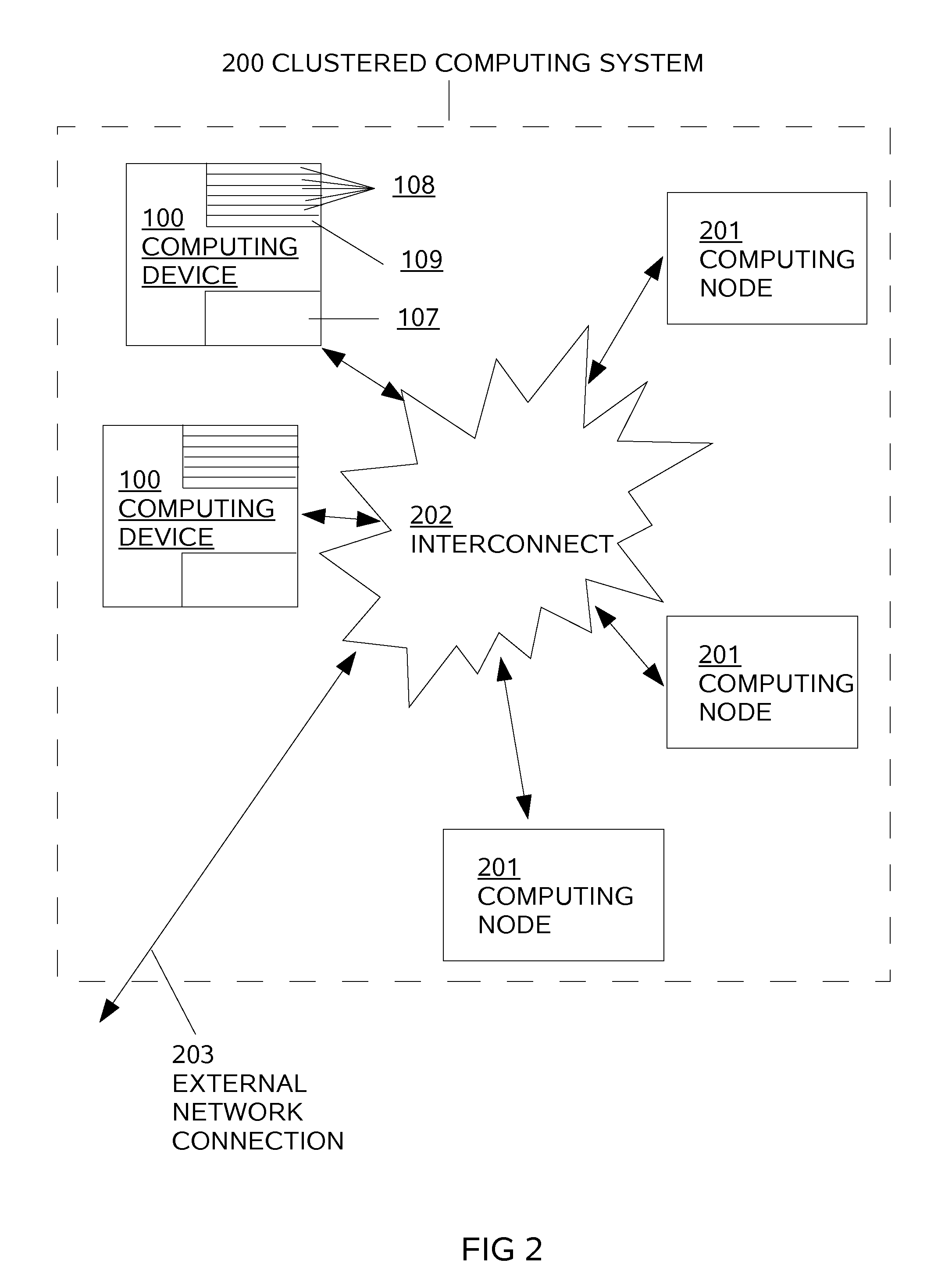Garbage Collection via Multiobjects
a collection technique and multi-object technology, applied in the direction of memory address/allocation/relocation, sustainable buildings, instruments, etc., can solve the problems of prohibitive overhead of maintaining such data structures on a per-object basis, system references do not track references, etc., to achieve faster program execution, save power consumption, and reduce power consumption
- Summary
- Abstract
- Description
- Claims
- Application Information
AI Technical Summary
Benefits of technology
Problems solved by technology
Method used
Image
Examples
Embodiment Construction
[0050]A multiobject is defined as a tree of objects having independent identity as a whole. The tree has a single root object (note that the term “root” is used with two meanings in this disclosure—the conventional meaning in data structure literature of the root of a tree, and the conventional meaning of an intrinsically live reference (global variable, stack frame, etc) in the garbage collection literature; however, no confusion should arise as to which meaning each use refers to). Only the root object can be referenced from outside from outside the multiobject. Other objects in the multiobject all have exactly one reference, which is from within the multiobject. Each object in the multiobject can contain references to other multiobjects (i.e., to their root object); thus, a multiobject can reference many other multiobjects.
[0051]Clearly, if the root object of a multiobject as described becomes garbage (is no longer referenced from any live objects), then the entire multiobject is...
PUM
 Login to View More
Login to View More Abstract
Description
Claims
Application Information
 Login to View More
Login to View More - R&D
- Intellectual Property
- Life Sciences
- Materials
- Tech Scout
- Unparalleled Data Quality
- Higher Quality Content
- 60% Fewer Hallucinations
Browse by: Latest US Patents, China's latest patents, Technical Efficacy Thesaurus, Application Domain, Technology Topic, Popular Technical Reports.
© 2025 PatSnap. All rights reserved.Legal|Privacy policy|Modern Slavery Act Transparency Statement|Sitemap|About US| Contact US: help@patsnap.com



